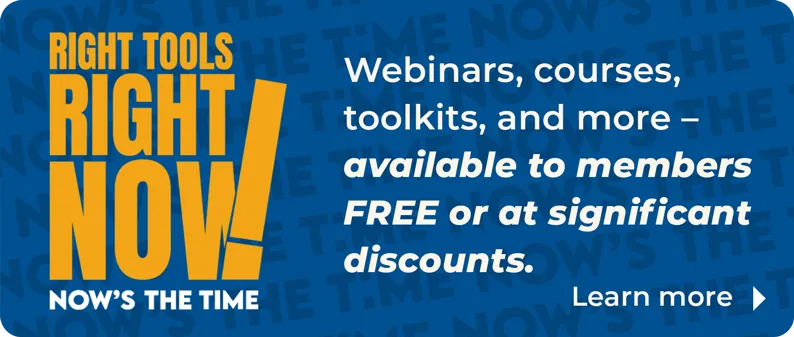
Home buyers are finally finding more options of homes for sale as housing inventory rebounds in many markets across the country—but supply is still largely falling short, according to the newly released report, “Housing Affordability and Supply,” produced by the National Association of REALTORS® and realtor.com®.
Rising inventory may even be masking a deepening crisis for lower-income buyers. As the report notes, “when viewed through the lens of income and purchasing power, it becomes clear that access to affordable homes remains out of reach for many buyers.”
The increase in overall listings—up nearly 20% compared to a year ago—is a hopeful sign for a housing market that has long been starved for inventory for a decade. It may also bring relief to some buyers, with price pressures beginning to ease in markets where inventory is rising most.
“Shoppers see more homes for sale today than one year ago, and encouragingly, many of these homes have been added at moderate income price points,” says Danielle Hale, realtor.com®’s chief economist. “But as this report shows, we still don’t have an abundance of homes that are affordable to low- and moderate-income households, and the progress that we’ve seen is not happening everywhere. It’s been concentrated in the Midwest and the South.”
Who’s Struggling the Most With Inventory Shortages?
Higher-income households—those earning $200,000 or more—have access to roughly 80% to 100% of for-sale listings nationwide (though not necessarily 80%–100% of the listings in their own market). For those earning less, affordability drops off sharply. According to the report, two main groups are facing the most severe inventory shortages:
- Lower-Income Buyers: Households earning under $50,000 per year and who are looking for homes priced below $170,000 have even fewer affordable options than they did a year ago, according to the report. As of this spring, buyers in this group could only afford 8.7% of active listings. A more balanced market would mean they could afford about one-third of listings, reflecting their share of U.S. households.
- Middle-Income Buyers: Buyers earning between $75,000 and $100,000 annually have seen the greatest improvements in the affordable housing supply when compared to all income groups. About 21% of listings are within reach for these households. But a gap still persists. Consider, in 2019, these middle-income buyers could afford nearly half of all listings, a level considered more balanced for the market. This suggests a shortage of more than 400,000 listings priced below $255,000, which would be affordable to this income group, according to the report.

It’s Still Highly Competitive in Some Areas
Inventory shortages continue to press on many housing markets.
Lizette Sinhart, a real estate professional with Christie’s International Real Estate in Chappaqua, N.Y., and a featured agent in season five of the docuseries First-Time Buyer, says multiple offer situations remain commonplace in her market. One recent listing received 28 offers, and some homes are still selling for over 20% above asking price due to the mismatch between buyer demand and available listings.
“It is still fast and furious,” she says. “There are essentially not a lot of homes to keep up with the demand. So, the biggest pain point for my first-time home buyers is how to approach [the market] and how not to get frustrated enough that it takes you out of the market.”
While her area may be an extreme case, many pockets of competitiveness remain—and low inventories are the culprit. To compete, some buyers continue to waive inspection contingencies (22%) and appraisal contingencies (19%), according to the latest REALTORS® Confidence Index report, based on March data from more than 1,500 real estate professionals.
Meanwhile, some areas are continuing to fall back in terms of affordability—down by more than 20 percentage points below what’s considered balanced in cities such as Los Angeles; Oxnard, Calif.; San Diego; New York; and Spokane, Wash. In Los Angeles, for example, even buyers earning $200,000 can afford only 30% of listings.
Geographic Areas Making Progress
Despite the widespread challenges, some metro areas are making real progress in moving toward a more balanced market. The NAR and realtor.com® report calls out places like:
- Raleigh-Cary, N.C.
- Des Moines-West Des Moines, Iowa
- Grand Rapids-Kentwood, Mich.
- Columbia, S.C.
- Columbus, Ohio
Many housing markets are in the middle ground—not in full crisis but still struggling with affordable housing inventory, the report says. More than 40% of the nation’s largest metros fall into this group. That said, a handful of these “areas stuck in the middle” are seeing progress, with the report noting improvements in places like Austin, Texas; Salt Lake City, Denver, and San Francisco.

Looking Ahead
Inventory levels remain a key point of discussion in real estate. Before touring houses with buyers, Sinhart educates them about the shortages and coaches them to act quickly when a suitable home becomes available—such as by being preapproved, financially ready and having home inspectors on standby.
“With all of my buyers, I’m brutally honest. I let them know what the market is going to look like, how long it could take them, and then how we can strategize with getting into the market,” she says.
Indeed, the NAR and realtor.com® report emphasizes that real estate professionals who understand today’s market dynamics will be better equipped to guide clients and manage their expectations.
“The housing market is at a turning point,” says Nadia Evangelou, NAR’s senior economist and director of real estate research. “More homes are hitting the market, and it’s encouraging to see the greatest housing-supply gains among middle-income home buyers.” But as the report notes, greater progress must be made to ensure that the nation’s future housing supply is more closely aligned with housing demand. Researchers call for zoning reform, expansion of down payment assistance programs and removal of barriers to entry-level construction as long-term solutions to the nation’s ongoing inventory conundrum.









